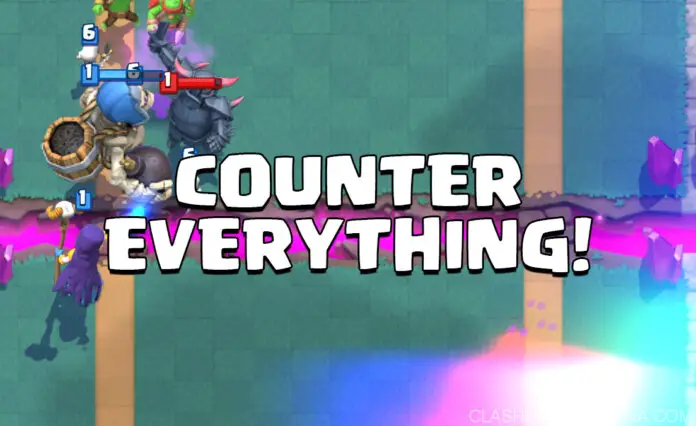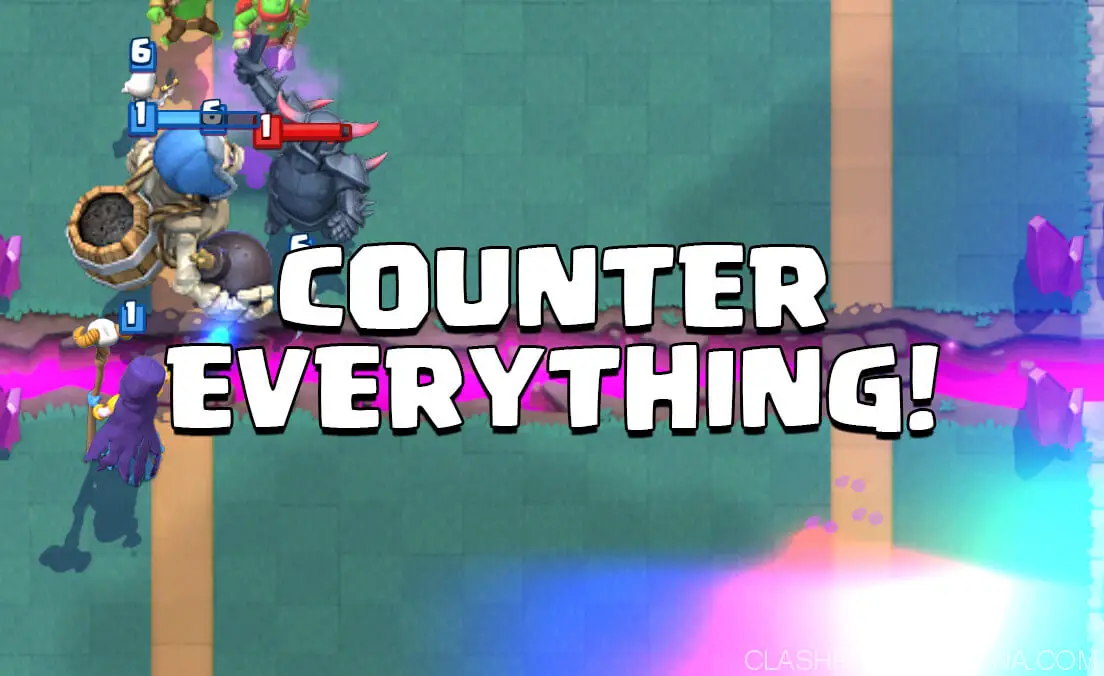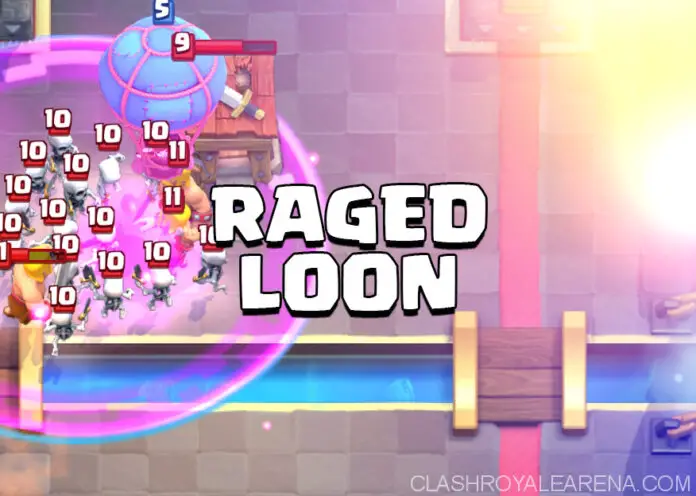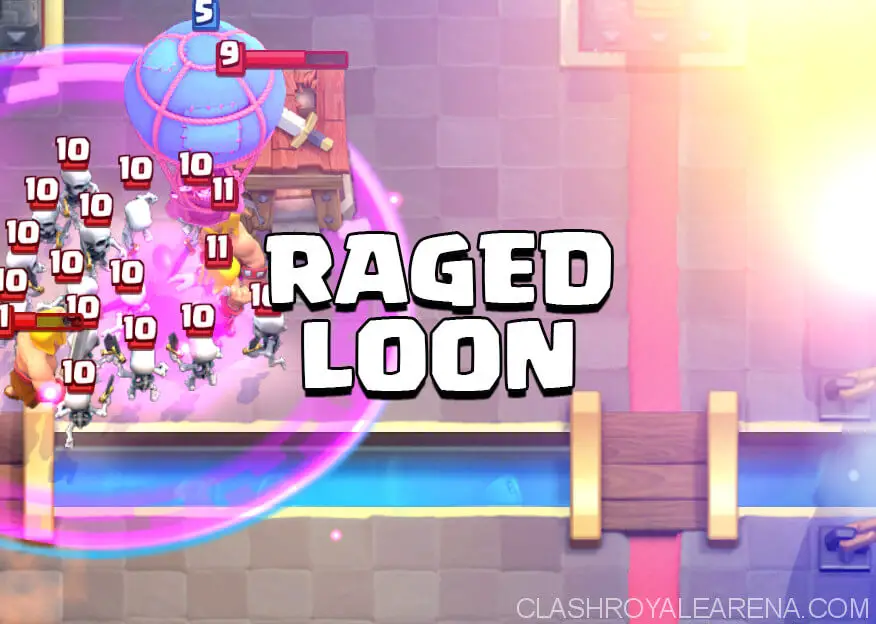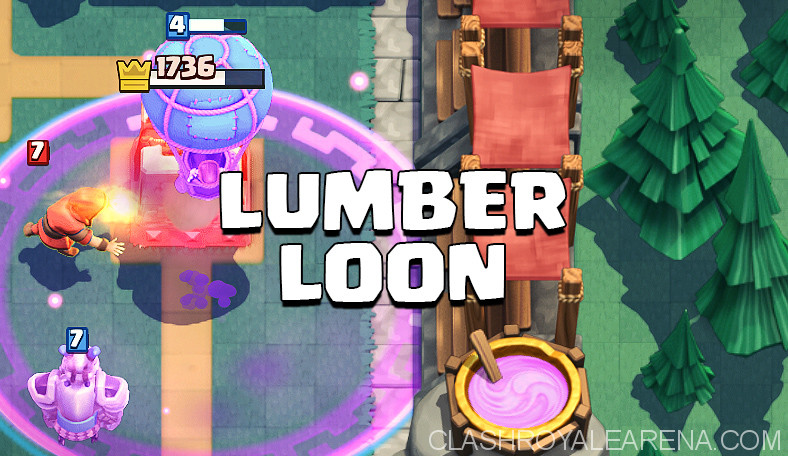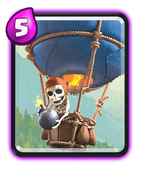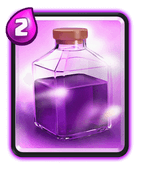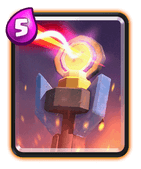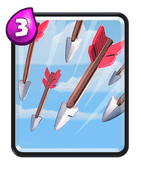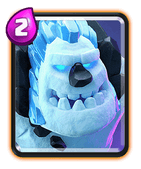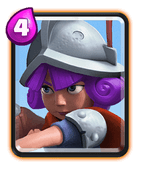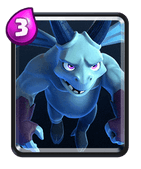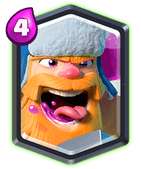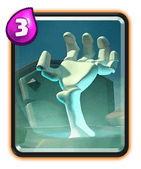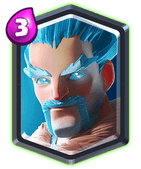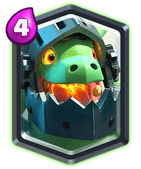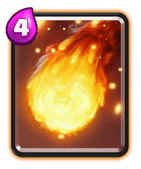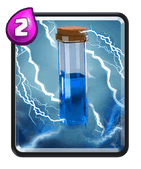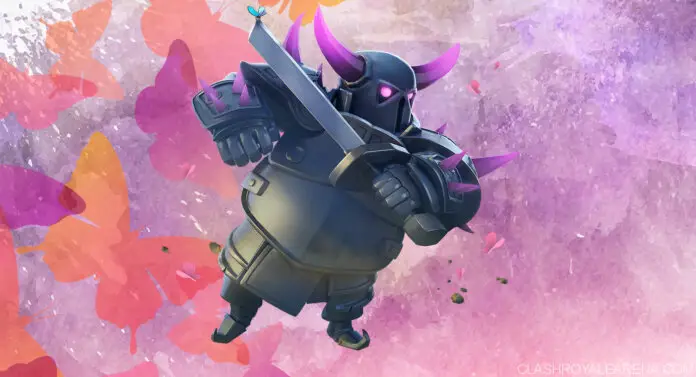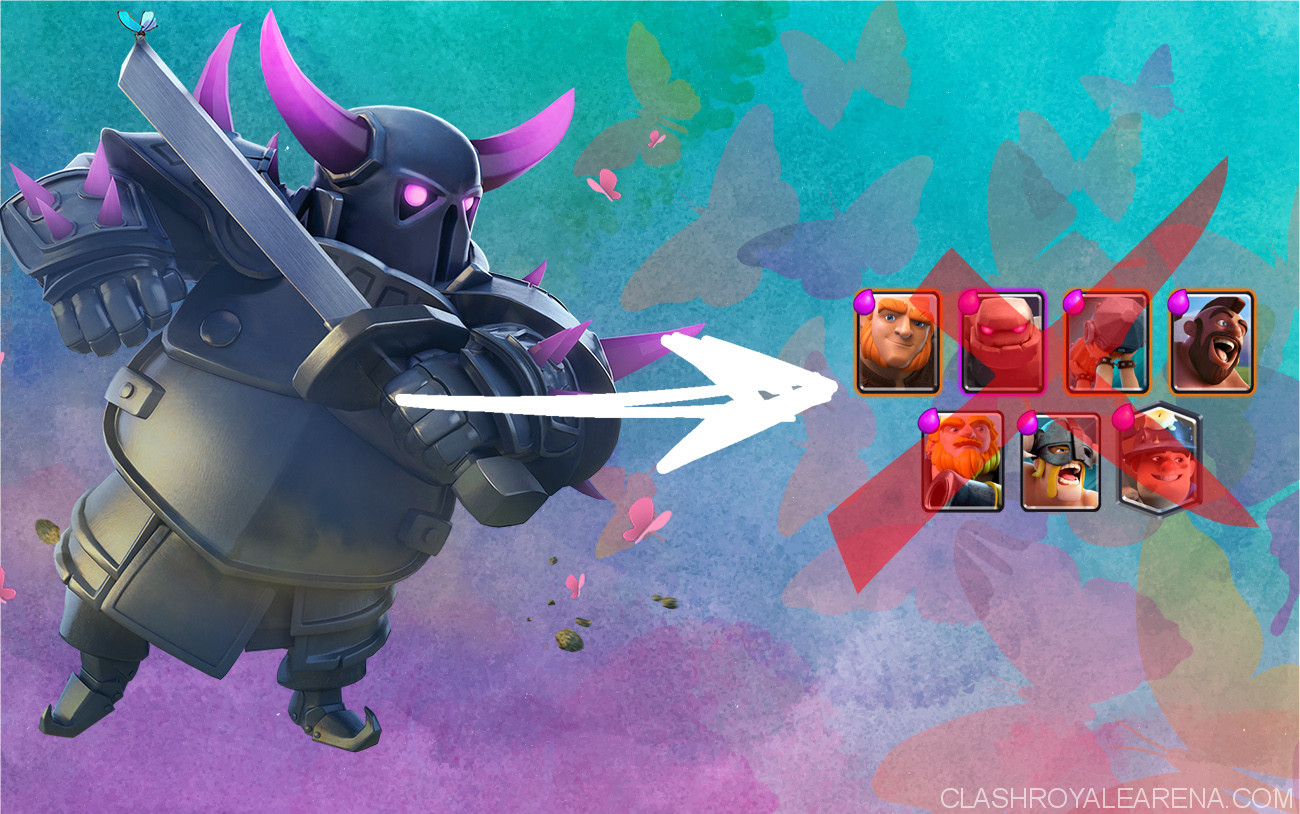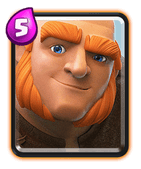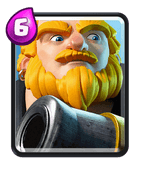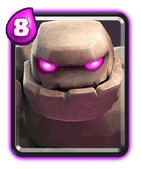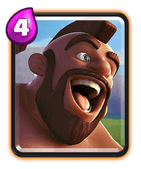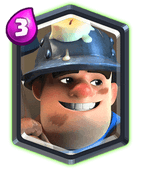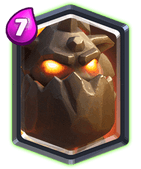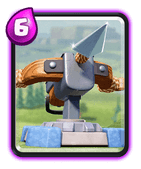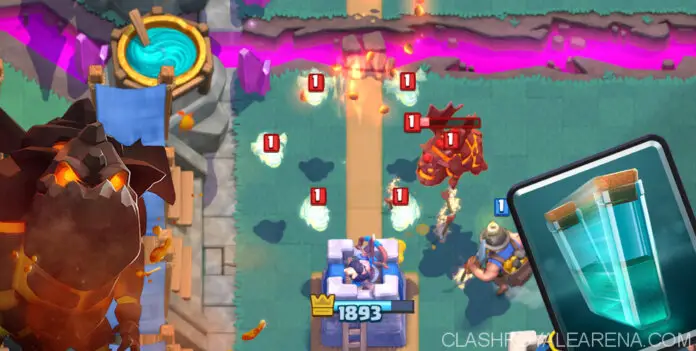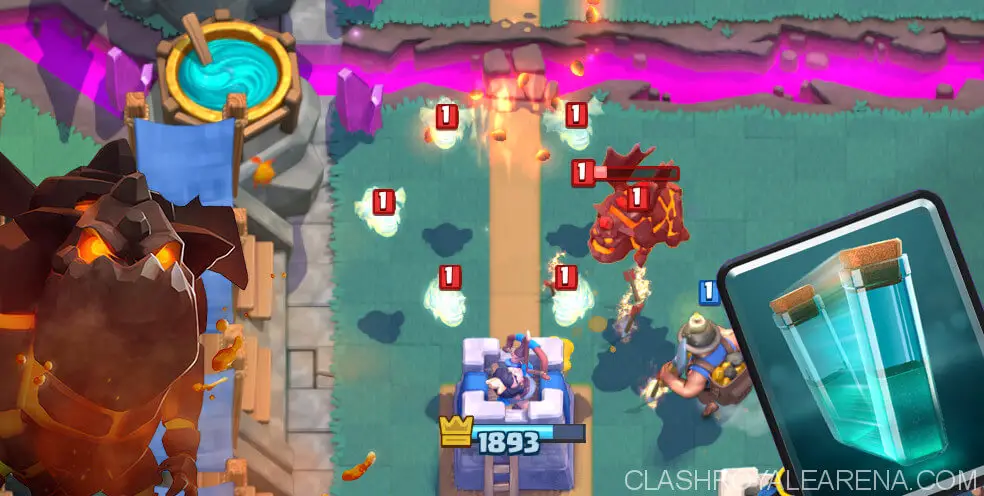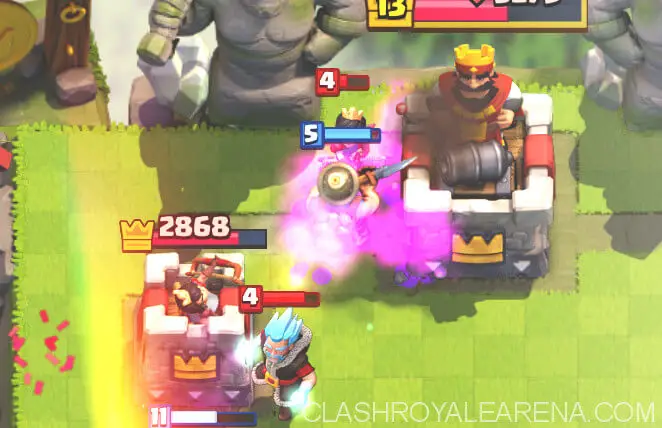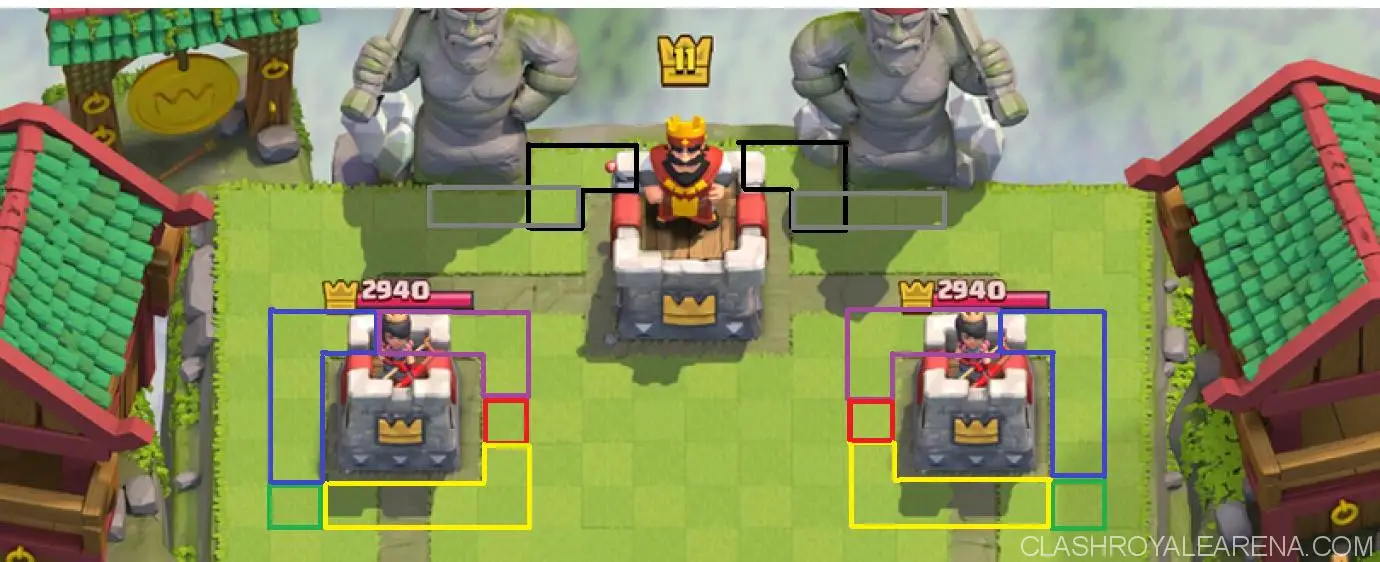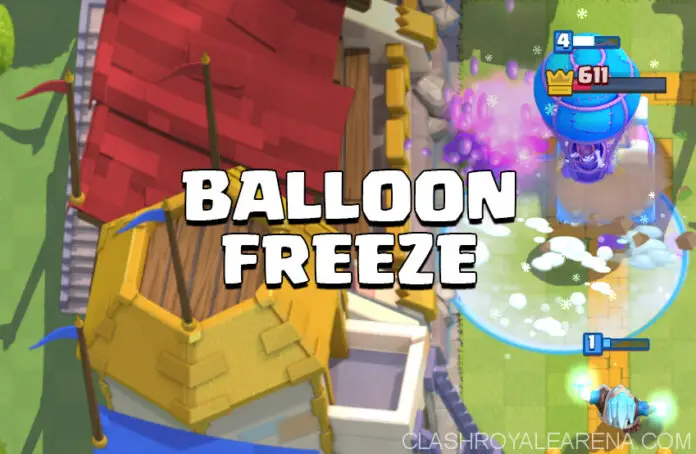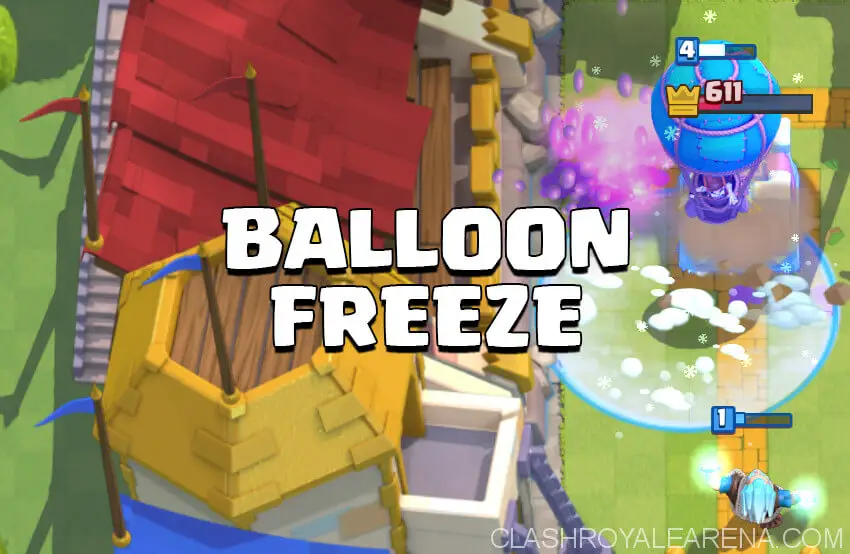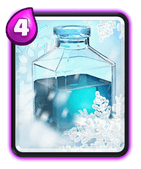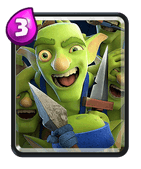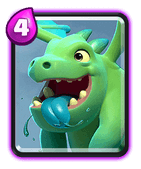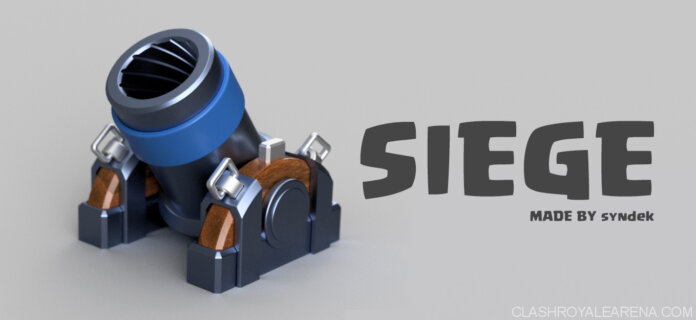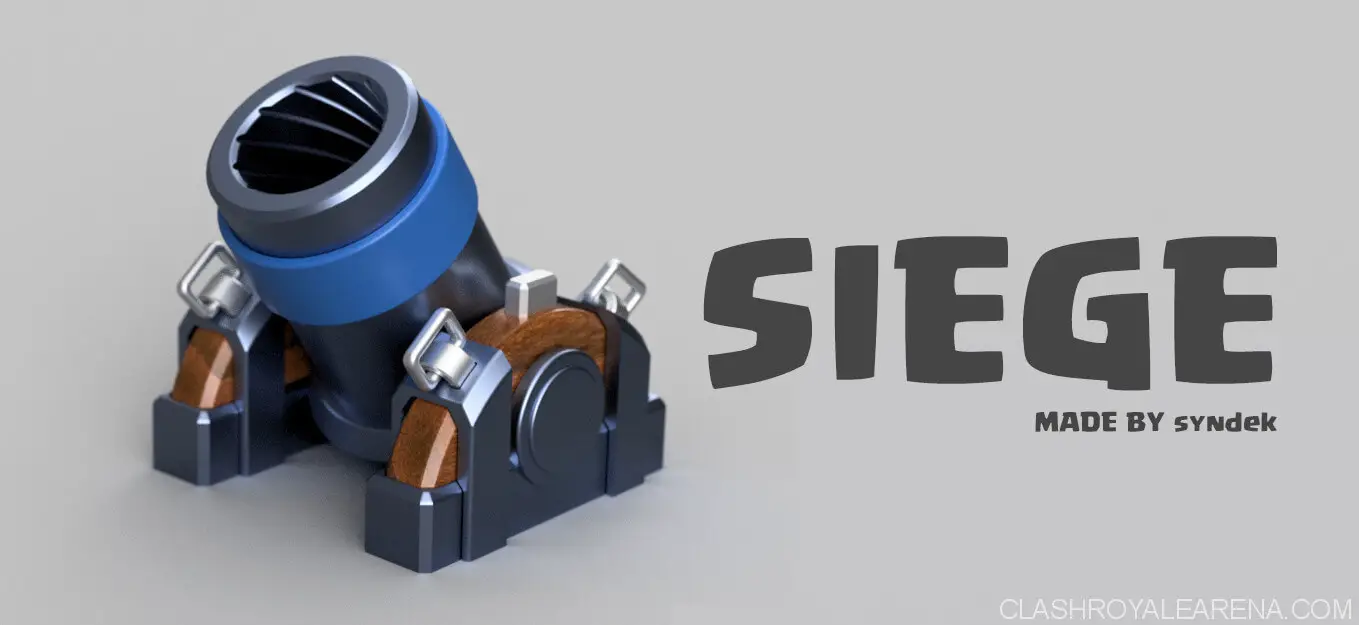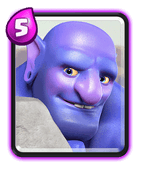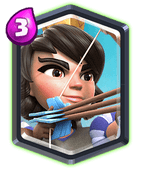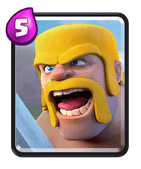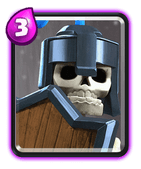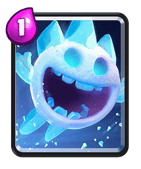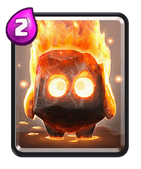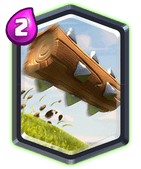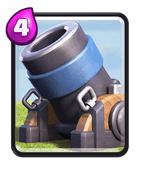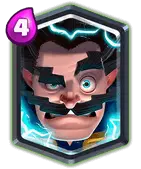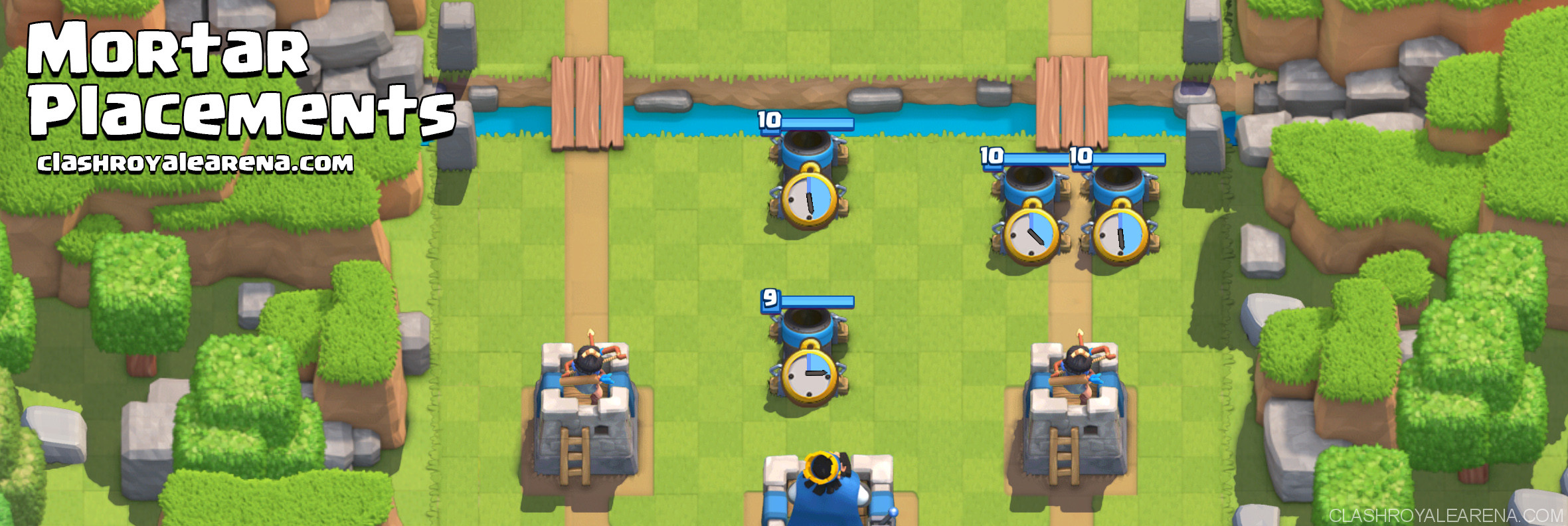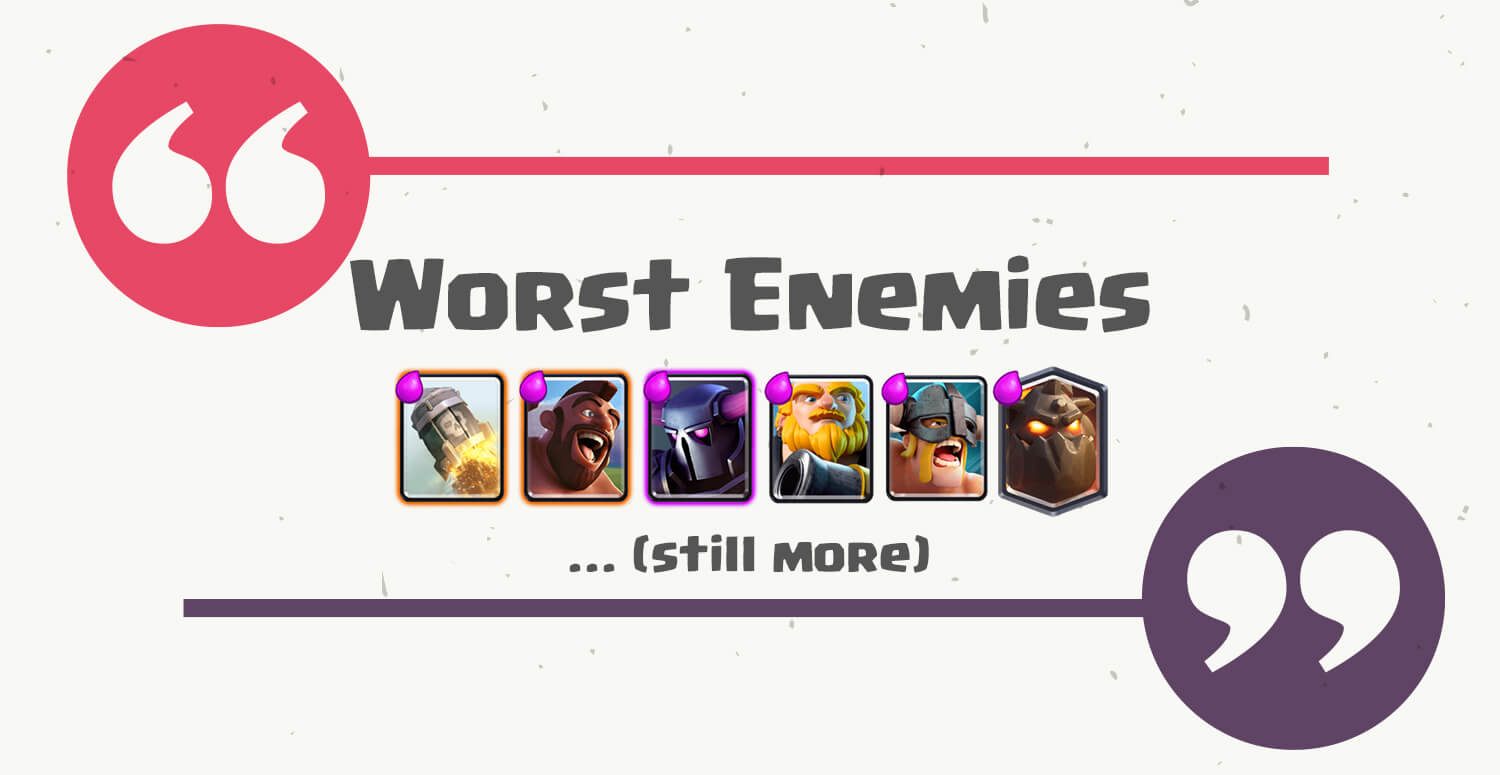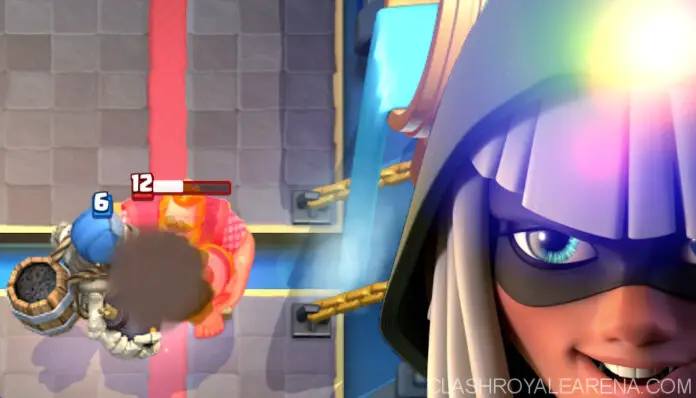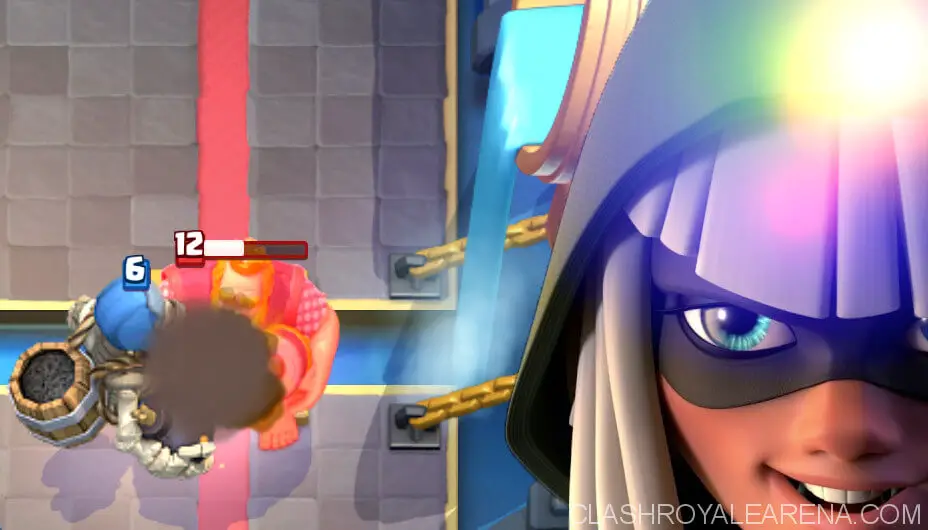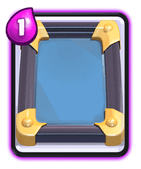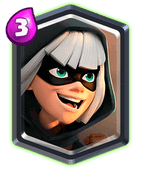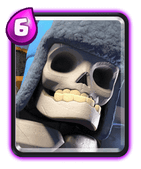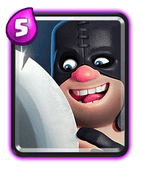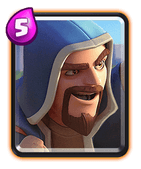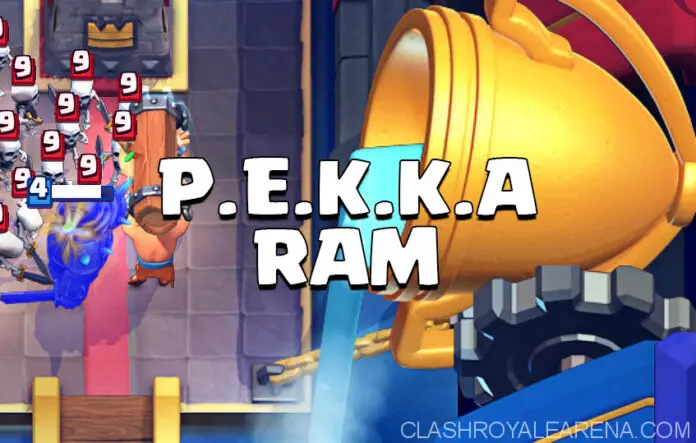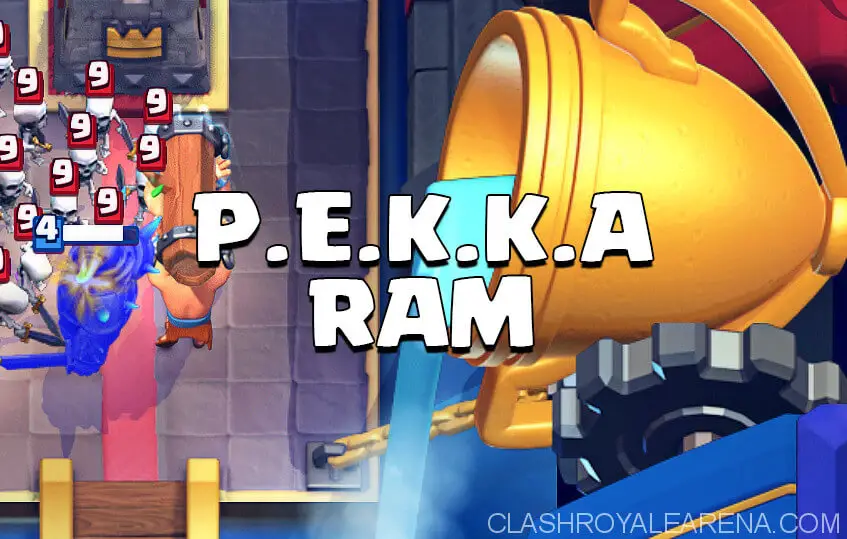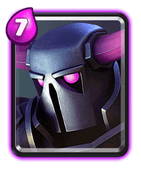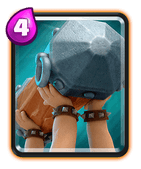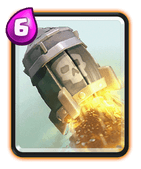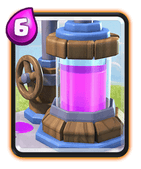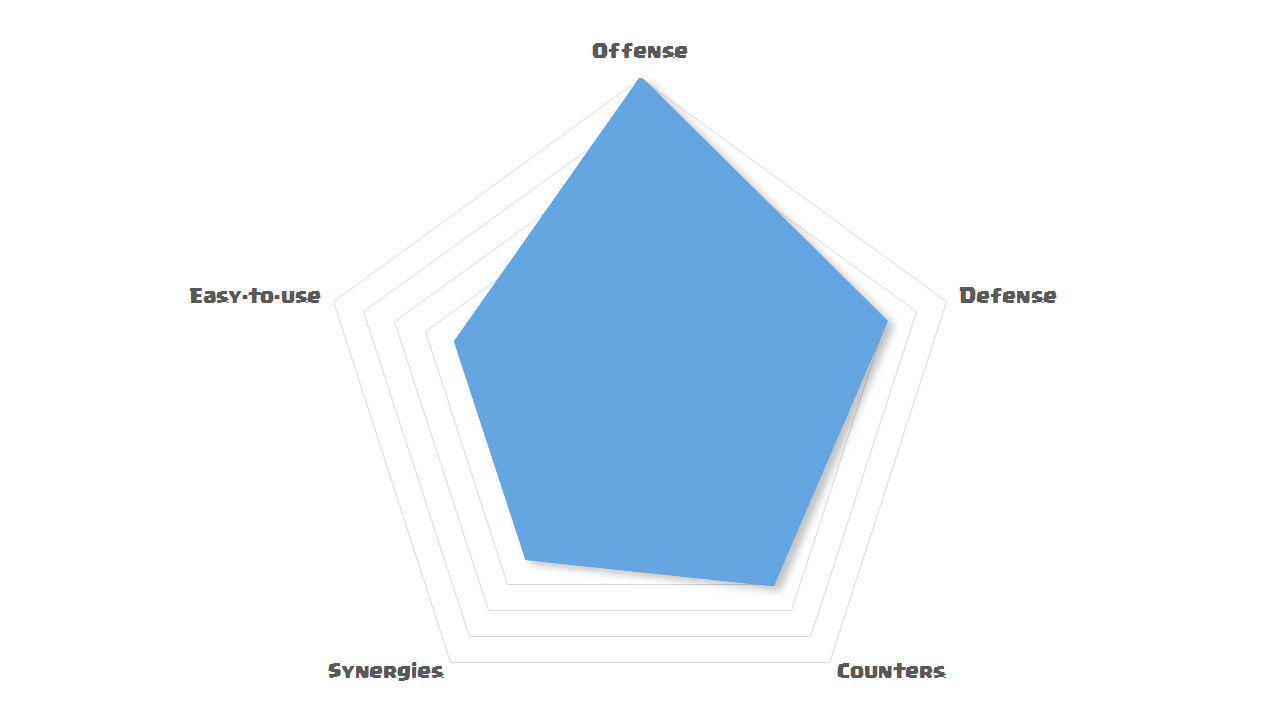Hello fellow Clashers! I’m KairosTime and today I’m bringing you Part III to the “Strategy Guide to Clash Royale” with how to Counter Every Deck in Clash Royale using The Two Triangle Theory. This is a guide for new and experienced players alike and will complete your understanding of how every deck in Clash Royale interacts with each other. This is a precursor to a future article that I will publish on How to Build the Best Decks.
How to counter Every Deck in Clash Royale
and skyrocket your trophies
![]()
![]()
![]()
If you haven’t read Parts I and II on my Strategy Guide to Clash Royale, you can do so here:
This written guide comes with a video guide that includes specific examples that I would recommend watching.
In this guide, we will focus on 5 key topics:
- The Deck Archetype Triangle
- The Deck Speed Triangle
- The Theory of 2 Triangles
- The Card Counter Exception
- Deck Building Application
Before I move on, I wanted to give a big shoutout to Kairos Kingdom Clan Leader metaky, and avid Clash Royale Competitive player and redditor edihau for helping me develop the Clash Royale Theory of 2 Triangles.
The Deck Archetype Triangle
Many of you are aware of this 1st Triangle, or the triangle of Control, Beatdown, and Siege originally defined by The_RumHam.
Here is a quick refresher including some additions:
| Beatdown | Siege | Control | |
| Win Condition Role | Protects support units that damage the tower | Primary tower destroyer from a distance | Primary tower destroyer up close |
| Overall Offensive Ability | Decent | Weak | Strong |
| Offensive Mindset | Use the right support to counter enemy defenses | Protect the win condition | Strike when when the time is right (Elixir Advantage or Counterpush) |
| Overall Defensive Ability | Decent | Strong | Weak |
| Defensive Mindset | Use the tower’s health as a resource | Turtle up if needed | Focus on making positive Elixir trades so you can go on the offense |
| Overall Focus | Creating an overwhelming offense while attempting to defend if needed (Prefers fighting on your side of the arena) | Bouncing between an offensive strategy or defensive strategy depending on the situation (Stays on their side) | Defensive gameplay geared towards making positive trades and channeling it into offensive combos (Prefers fighting on their side of the arena) |
| Example | Giant, Golem, Lava Hound, PEKKA | Mortar, Xbow, Rocket (sometimes) | Hog Rider, Miner |
Note: Offensive and Defensive Ability are based off of ease of dealing or preventing damage to a tower and not the focus of play-style.
For example,
- Control decks focus on playing defensively and make trades that they can turn into a strong offense, but under pressure, they’re defenses struggle. Their defenses are good at setup up for a strong offense, but overall their defenses will crumble under pressure.
- Siege has the ability to prevent damage easier than any other archetype, but if a Siege player only focuses on Defense, they’ll never win. Since Siege decks have a hard time turning their defenses into offenses, they need to be played the right way at the right time.
- Beatdown decks have a decent offense and decent defense, but when they start building up an offense, their defenses are inflexible. Beatdown decks have defenses that can be turned into an offense, but not as well as a Control Deck and not as poorly as a Siege Deck.
TL;DR: Beatdown Focuses on offensive strategy and defending if possible, Siege bounces between offense and defense, and Control focuses on Defensive strategy to make counterpushes.
Your mindset works if you can explain why Clash Royale is not played in a vacuum–find a way to bring up the fact that, for example, siege is weak on defense only because it can’t set up any sort of counterpush. Apply what counterpushing gives each archetype to everything.
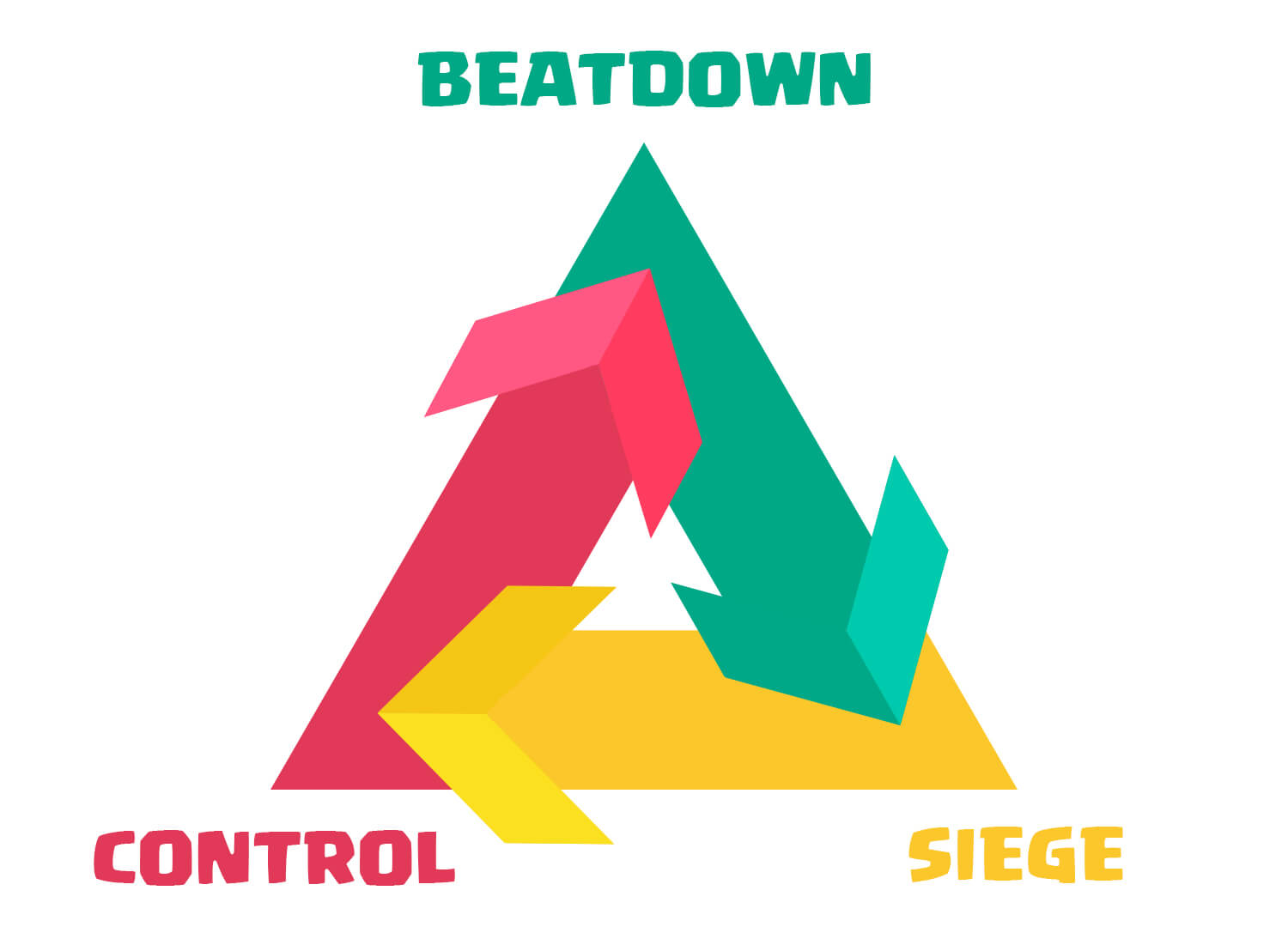
Illuminati Confirmed?

Archetype Triangle Explained
By taking a look at the triangle to the right, you can see a simple representation of how these Archetype Advantages and Disadvantages influence the game.
Beatdown decks have an Archetype Advantage to Siege decks because of the fact that the win conditions typically target enemy defenses. In addition, because Siege decks tend to have a weak offense, it is hard for them to break past the tankiness of the win conditions to actually land damage on the enemy tower.
Siege Decks have an Archetype Advantage to Control decks because Siege decks do well on their side of the arena, while Control decks focus on turning successful defenses into counterpushes. Since Siege Decks don’t go onto the enemy side, it is hard for Control Decks to win with this focus. In addition, it is difficult for Control decks to overcome the defensive ability of Siege decks since they tend to not be able to build up a push like Beatdown decks can.
Control decks have an Archetype Advantage to Beatdown decks because they tend to play better against enemy troops on their side the arena. Additionally, Control decks can disrupt a Beatdown push by rushing the opposing lane when the Beatdown player doesn’t have as flexible of a defense.
While this is only 1 piece of the puzzle, this is useful when it comes to choosing which type of deck to use in the current meta. It is important to realize that these Archetype Advantages aren’t so strong that they can’t be overcome. The marker of a truly skilled player is being able to beat their opponent with skill when they’re at an Archetype Disadvantage.
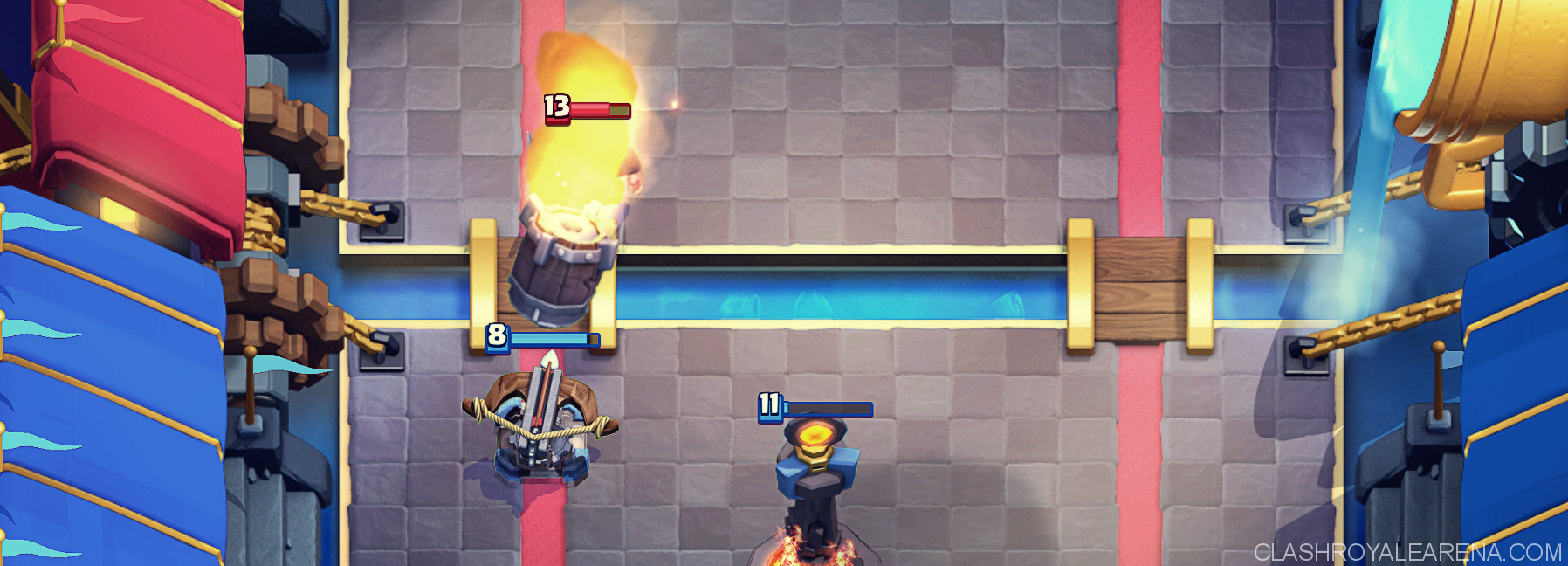
The Deck Speed Triangle
While you’re most likely aware of the Archetype Triangle, you may not have heard about this 2nd triangle that was also touched on by /u/The_RumHam in his “Doomsday Machine Theory” post on Reddit. This shows the interactions between Fast, Slow, and Medium Decks.
Here’s some quick clarification:
| Slow | Medium | Fast | |
| Average Elixir Cost | 3.8 |
3.1 |
3.0 |
| Overall Offensive Ability | Weak (Takes a lot of time/effort to deal tower damage) | Decent | Strong (Takes little time/effort to deal tower damage) |
| Offensive Mindset | Build up a push that is so large that it can’t be stopped | If you’re faster than your opponent, out-cycle counters. If you’re slower, build up a push. | Out-cycle enemy counters so your opponent can’t counter you optimally |
| Overall Defensive Ability | Strong (If not going on the offense, takes little effort to prevent tower damage) | Decent | Weak (Takes a lot of effort to prevent damage from a big offense) |
| Defensive Mindset | If focusing on offense, use highly defensive cards of low cost. If focusing on defense, use impassable defensive cards | If you’re faster than your opponent, apply constant pressure or rush. If you’re slower, use strong defenses. | Apply a constant offense or rush a lane so your opponent can’t build up an offense |
| Overall Focus | Begin building up a push when you know it’s safe to do so. Play defensively until it’s safe to build up a push (when you’re ahead on elixir) | Determine if you are faster or slower than your opponent and adapt your playstyle accordingly. | Overcome a weak defense with a constant offense |
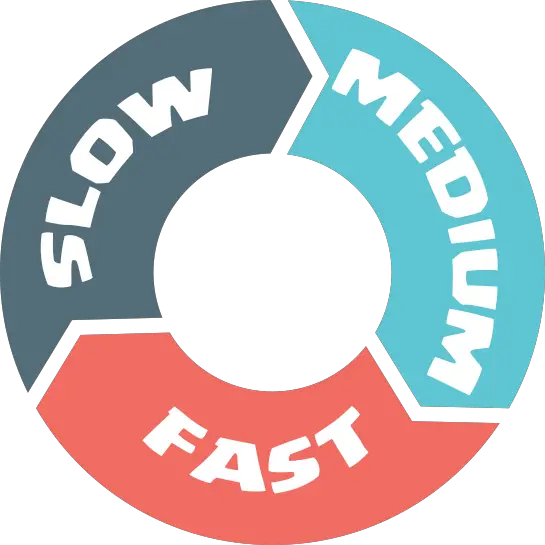
Speed Triangle Explained
By taking a look at the triangle to the right, you can see a simple representation of how these Speed Advantages and Disadvantages influence the game.
Slow decks have a Speed Advantage to Medium Decks because Slow decks have the ability to make a bigger push than Medium Decks can. If a Slow push and Medium push are going down the same lane, the Slower push will overwhelm the Medium push and make its way to the tower with added support. Medium decks have a hard time rushing the other lane or disrupting the slow push and so it makes it difficult for Medium Decks to beat Slow Decks.
Medium decks have a Speed Advantage to Fast Decks because Medium decks have the ability to build up a push while being flexible on defense. If a Medium Deck starts building up a push and the Fast Deck tries to rush the lane, the Medium Deck should be able defend with their flexible defense and continue adding support to the offensive push. Because Medium Decks have a flexible defense and their pushes offer more offense than Fast Defenses can handle, Fast Decks have a hard time beating Medium Decks.
Fast decks have a Speed Advantage to Slow Decks because when a Slow deck goes on the offense by dropping an expensive investment, their defense is so inflexible that Fast Decks can take advantage of it and rush the other lane. In order to prevent a lost tower, the Slow Deck has to defend with everything they have, which leaves little or no support in the main push, which the Fast Deck can clear while the Slow Deck recovers their elixir to prepare for the next push. If the Slow Deck can’t defend, this will result in massive tower damage or even a lost tower. Because of the flexibility of Offense and Defense that Fast Decks have, Slow Decks have a hard time beating Fast Decks.
This is the 2nd piece of the puzzle when it comes to understanding why certain decks have an advantage or disadvantage against other decks. Similar to Archetype Disadvantages, these Speed Advantages and Disadvantages aren’t so strong that one can’t overcome them. Indeed, the sign of a truly skilled player is when they are able to overcome their opponent with skill even when they are at a Speed Disadvantage.
The Two Triangle Theory
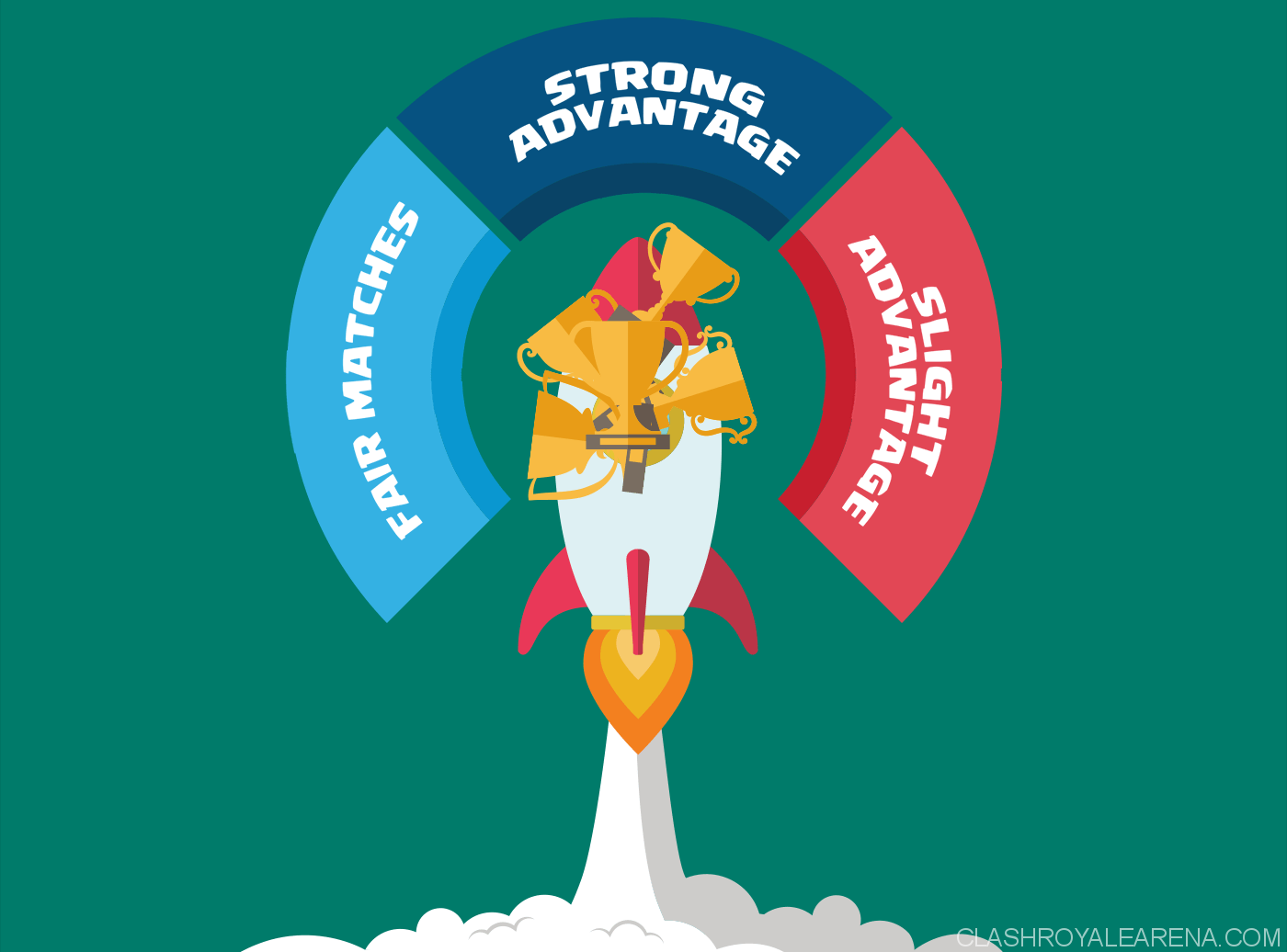
Now that we understand the basics of how different Archetypes and Speeds of decks interact with each other, we have a bigger understanding of why certain decks do a good job at countering others.
This is The Two Triangle Theory: By combining the Advantages and Disadvantages found in the Archetype and Speed Triangles, every deck type will have Fair Matches, Slight Advantages/Disadvantages, and Strong Advantages/Disadvantages against other deck type.
Fair Matches
A Fair Match is where 1 deck has an advantage in 1 of the two triangles, but the other deck has an advantage in the other triangle.
For example, a Fast Control deck has the Archetype Advantage over a Medium Beatdown deck, but the Medium Beatdown deck has a Speed Advantage over the Fast Control Deck. This results in a fair match.
Note: Every deck type has 3 decks that it is a Fair Match with, 1 of which is its same Deck Type.
We’ll use Fast Control as an example:
- Fast Control vs Medium Beatdown (Fast loses to Medium, but Control beats Beatdown)
- Fast Control vs Slow Siege (Fast beats Slow, but Siege beats Control)
- Fast Control vs Fast Control (Same Deck Type = Fair Match)
In Fair Matches, it is typically the most skilled player that takes the victory, or the player who makes the fewer number of mistakes. In the ladder, card levels can play a big role in who wins.
Slight Advantage
A Slight Advantage is where 1 deck is the same as the other deck in 1 of the two triangles, but has the advantage in the other triangle.
For example, a Fast Control deck has a Slight Advantage over a Slow Control deck because they are the same Archetype, but the Fast Control Deck has a Speed Advantage against the Slow Control Deck. This results in a Slight Advantage.
Note: Every deck type has 2 decks that it has a Slight Advantage over and 2 that it has a Slight Advantage against.
Once again, we’ll use Fast Control as the example:
- Slight Advantage:
- Fast Control vs Slow Control (Fast Control has the Speed Advantage)
- Fast Control vs Fast Beatdown (Fast Control has the Archetype Advantage)
- Slight Disadvantage:
- Fast Control vs Fast Siege (Fast Siege has the Archetype Advantage)
- Fast Control vs Medium Control (Medium Control has the Speed Advantage)
Slight Disadvantages can definitely be overcome with skill, especially if you realize you’re at a disadvantage and you adapt your gameplay to overcome the it.
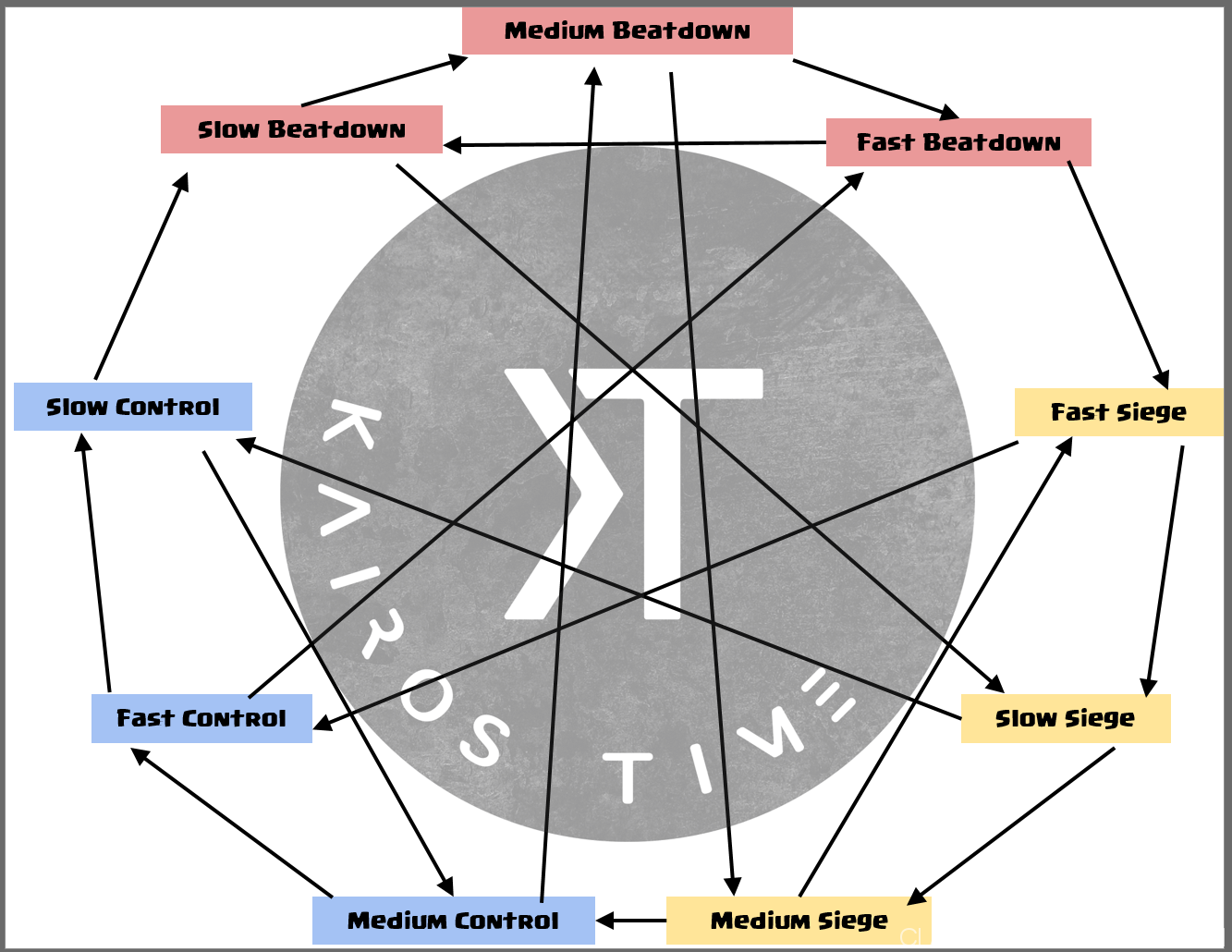
For a printable version of all of the Fair Trades, Slight Advantages, and Strong Advantages on one sheet, you can find one here.
Strong Advantage
A Strong Advantage is when 1 deck has both an Archetype Advantage and a Speed Advantage over the other deck.
For example, a Fast Control deck is a really tough matchup for a Slow Beatdown deck because Fast has a Speed Advantage over Slow, and Control has an Archetype Advantage over Beatdown. This results in a Strong Advantage
Every Deck type has a Strong Advantage and a Weak Advantage to another deck.
Example:
- Fast Control has a Strong Advantage against Slow Beatdown
- Fast Control has a Strong Disadvantage against Medium Siege
Strong Advantages can still be overcome by skill, but it takes a lot of effort to do so. There is a 3rd and final puzzle piece that I’ll talk about later in this strategy guide that will help you overcome Strong Advantages.
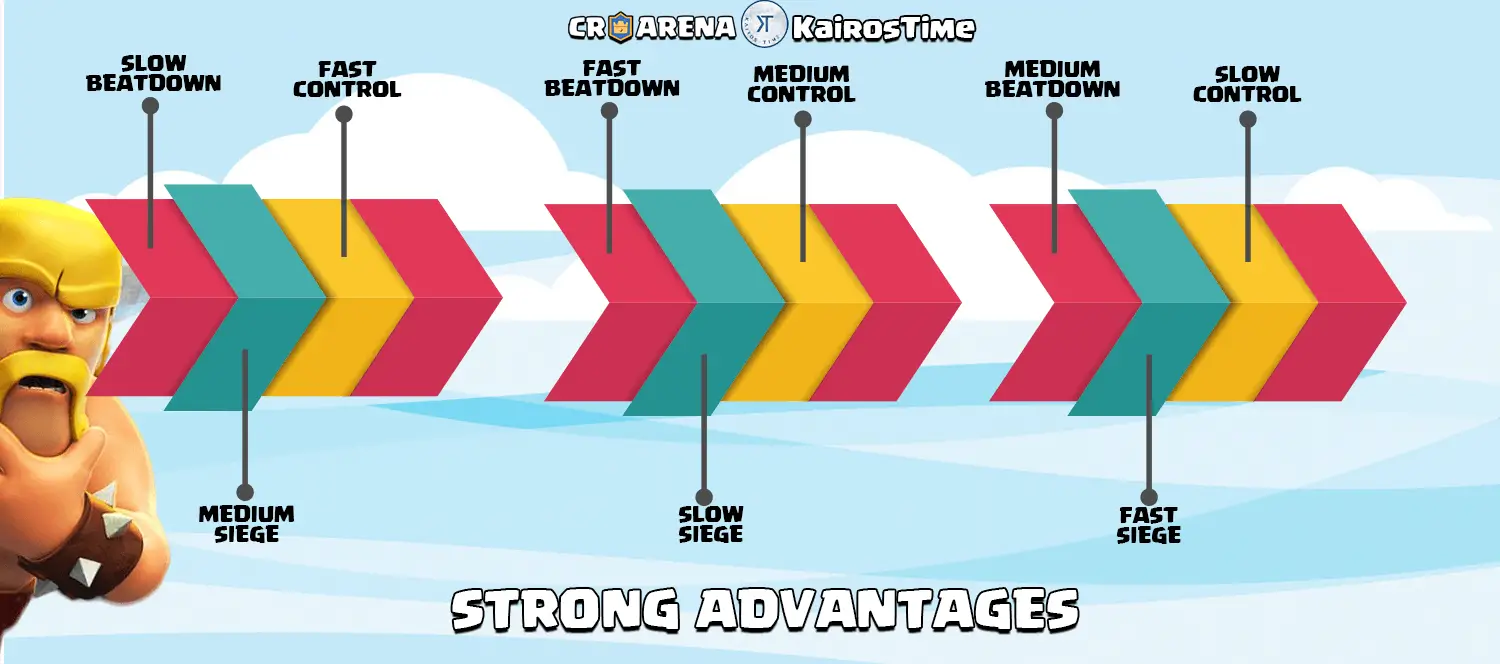
Simply having an Archetype Advantage and a Speed Advantage simply isn’t enough when it comes to winning your matches. On top of Skill-Level, there is 1 big exception that you can actually use to your advantage to overcome the disadvantages your deck might have according to the Two Triangle Theory.
The Card Counter Exception
The Card Counter Exception is this: A deck may have an advantage over another deck despite Archetype and Speed Disadvantages if its cards are good counters to the cards in the other deck. This means that you can still beat an opponent who has a Strong Advantage without much effort because your cards simply counter your opponent’s cards.
For example, let’s say you are running a Fast Beatdown Giant Cycle Deck (Clash With Ash recently featured a Fast Beatdown deck on his channel with 44 straight wins in GC’s that you can see here). And let’s say you are facing a Slow Control 3 Musketeer Pump Deck. Because Slow Control has the Archetype and Speed advantage over Fast Beatdown decks, it should theoretically be difficult for you to overcome your opponent without a lot of skill and excellent timing and placement. BUT, if you have the Lightning in your deck, or Fireball + The Log, the matchup is going to be much easier for you because you have cards that do an excellent job at countering your opponent’s main Win Condition, the Three Musketeers.
The Card Counter Exception plays a huge role when it comes to Unity Decks, decks that focus on one main utility in order to make their deck stronger and weaker depending on their opponent’s deck.
For more information, read my guide on Deck Building Fundamentals!
One example may be a Spell-Bait decks (Fast Control Unity Deck) facing against a Slow Beatdown Deck that carries a lot of splash cards in it. Even though the Spell-Bait deck has the Archetype and Speed Advantage, the deck is going to have a hard time against their opponent simply because the cards in the Slow Beatdown deck do such a good job at countering swarm cards.
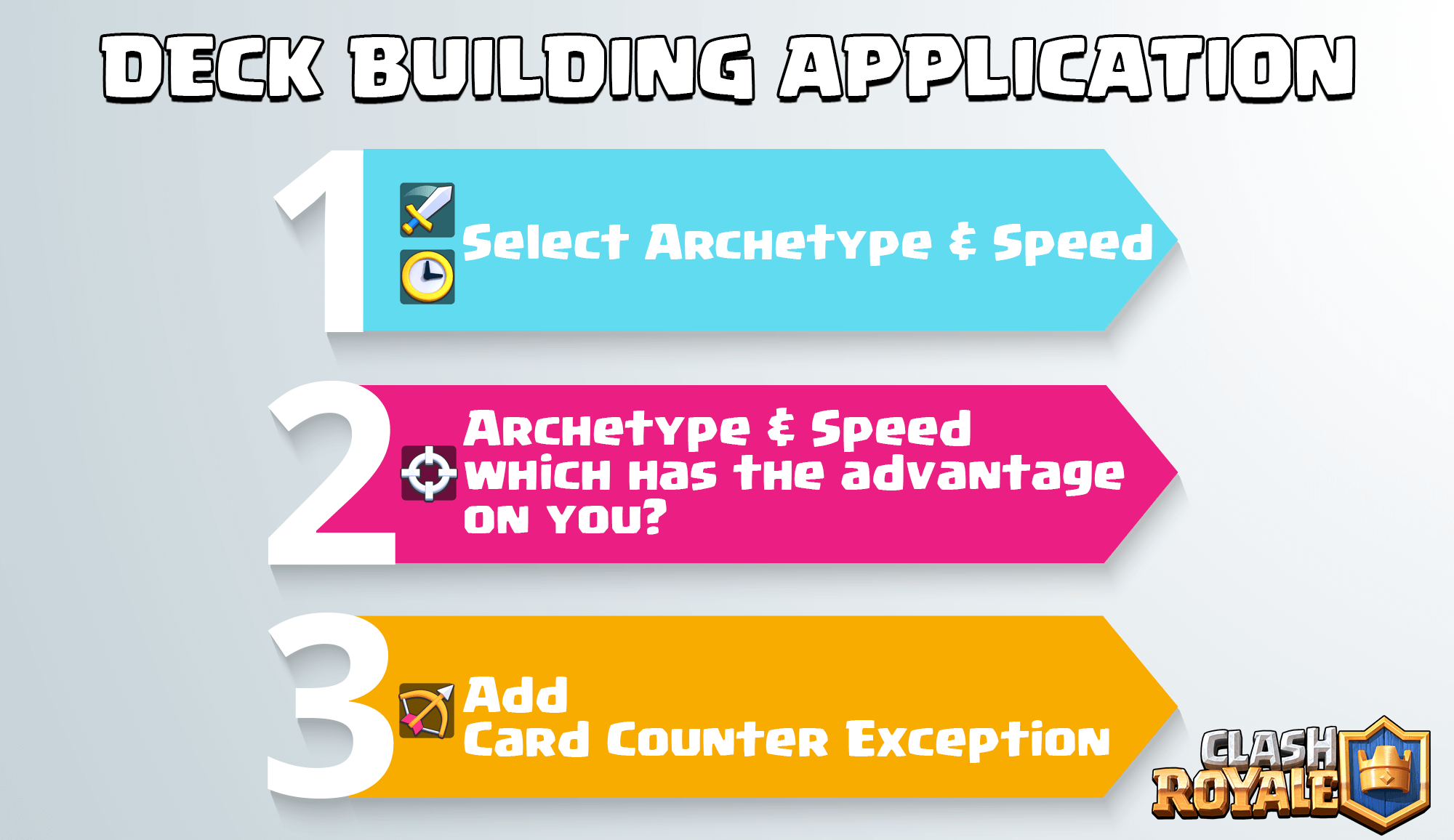
Deck Building Application
I am not going to cover everything about building decks in this Strategy Guide because I’m planning on doing a future Strategy Guide on How to Build the Best Decks. But, I did want to briefly cover how you can use The Two Triangle Theory to build a deck that is solid enough to stand tall in any meta.
To start off, you’ll want to examine the current meta in whichever area of the game you plan on building the deck for (Ladder, Challenges, etc.). In any meta, there will be a little of every Speed, and probably a little of every Archetype, but the meta will usually have a somewhat of a theme. If you can determine the theme, whether there be more fast decks in general, or more control decks in general, you can select a deck Archetype and Speed that does a good job at countering those themes.
Once you’ve selected a deck Archetype and Speed that you want to use, the next thing you’ll want to look at the Archetype that has an advantage over you, and the Speed that has an advantage over you.
The next thing you want to do is take advantage of the Card Counter Exception to try and build a deck that can stand up against any deck that should have an advantage over you. You can do this by asking yourself which cards do you commonly see being used in decks with the Archetype Advantage over your deck and in decks with the Speed Advantage over your deck. By selecting 1-2 cards that do a good job at countering those commonly used cards.
This should result in you having a solid deck that you can use to beat any deck, regardless of its Archetype or Speed.
For example, several metas back, I started noticing a lot of Fast or Medium decks and a lot of Control or Beatdown decks in the ladder around my trophy range. I took an Xbow deck that a clan-mate was having success with and modified it to do a better job at countering the current meta. Since my deck was a Medium Siege deck, I knew I most likely wasn’t going to have an issue with Fast or Medium Control Decks, and so I focused on the making sure I could do a good job at countering Medium or Slow Beatdown Decks. By including the Inferno Tower and the Skeleton Army, I had 1 hard counter and 1 soft counter to all Medium and Slow Beatdown Decks. By following this process, I had a deck that countered a good part of the meta, and could handle situations where I should have been at a disadvantage.
Conclusion
With a firm grasp of the Two Triangle Theory and The Card Counter Exception, you now have a better understanding of why certain decks do a better job at countering other decks, and how you can use it to Counter Every Deck in Clash Royale!
Thanks so much for reading this guide! If you’re interested in learning more, make sure to subscribe to my YouTube Channel so you can be the first to see my guides. If you have any questions, feel free to leave them as comments on my video and I’ll get back to you as soon as I can!

Want to be a part of a group of people who love Clash Royale as much as you do? We probably have what you’re looking for in the Kairos Kingdom Community Discord Server! Join Today!
Ticking By,
KairosTime

